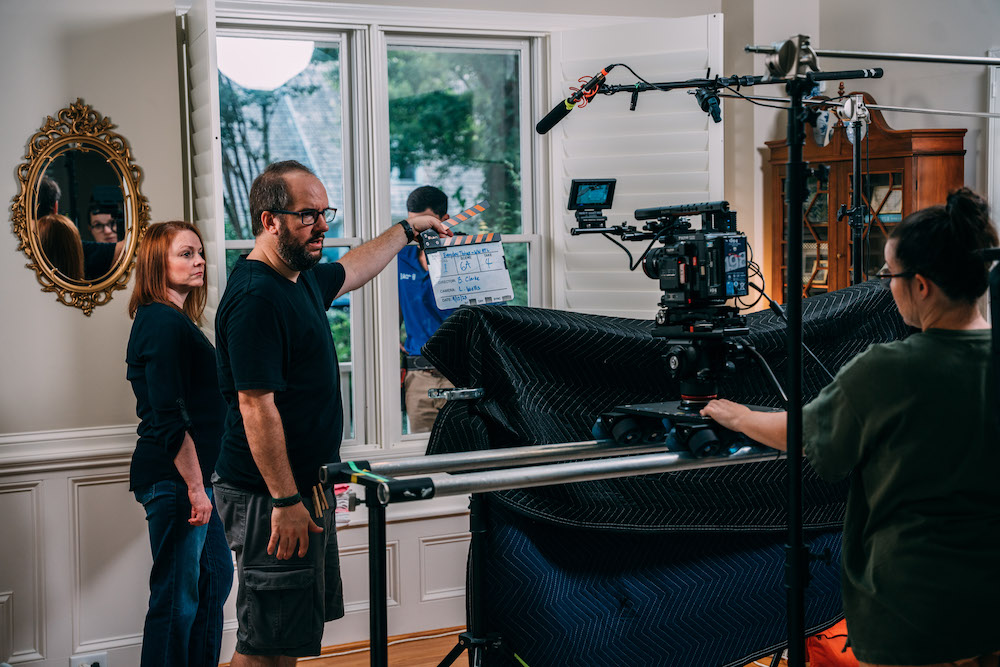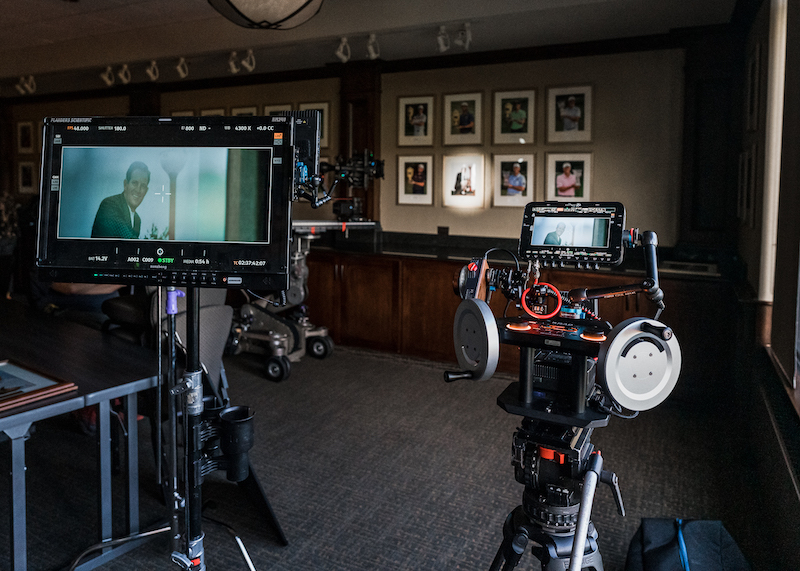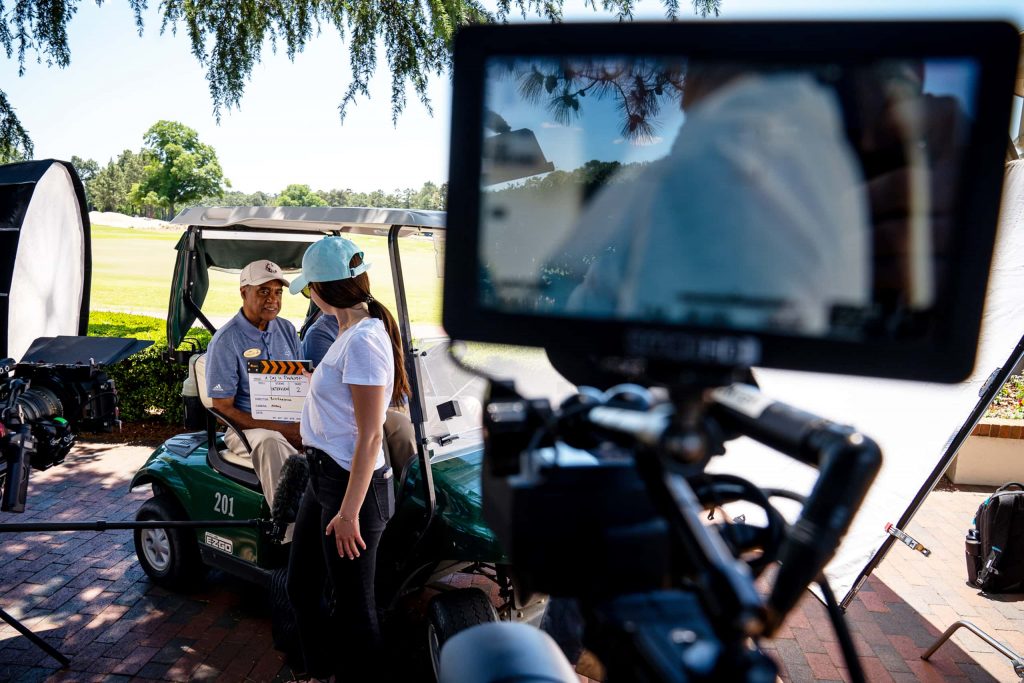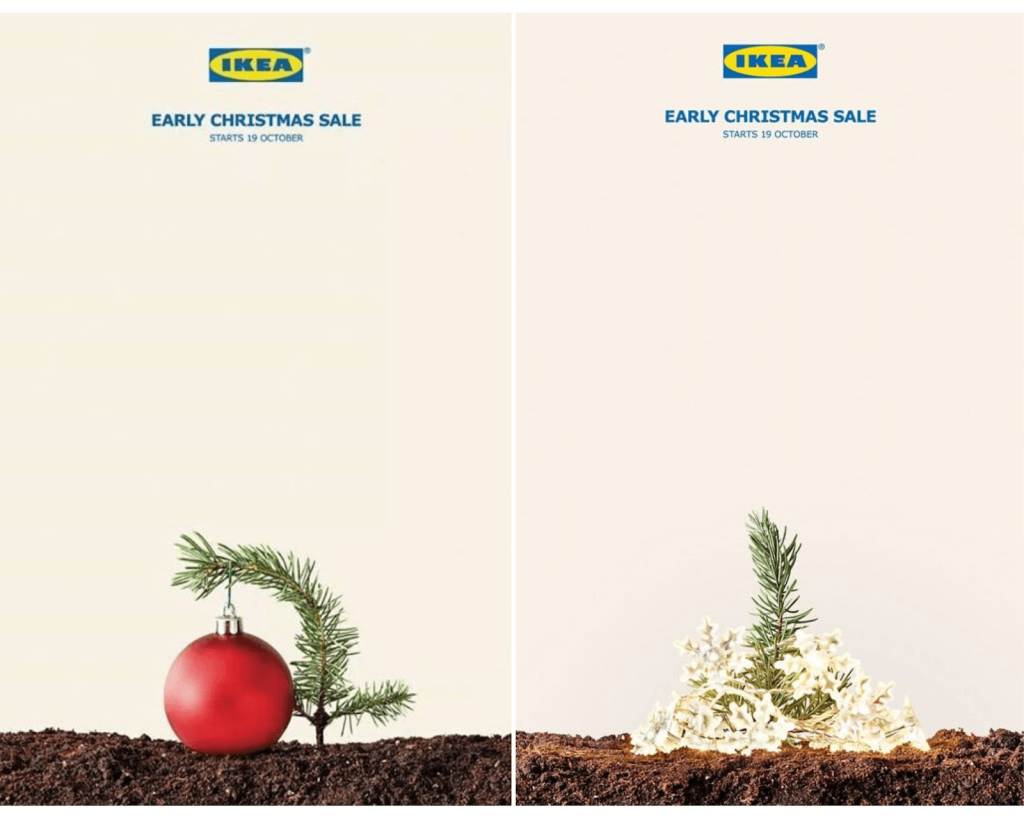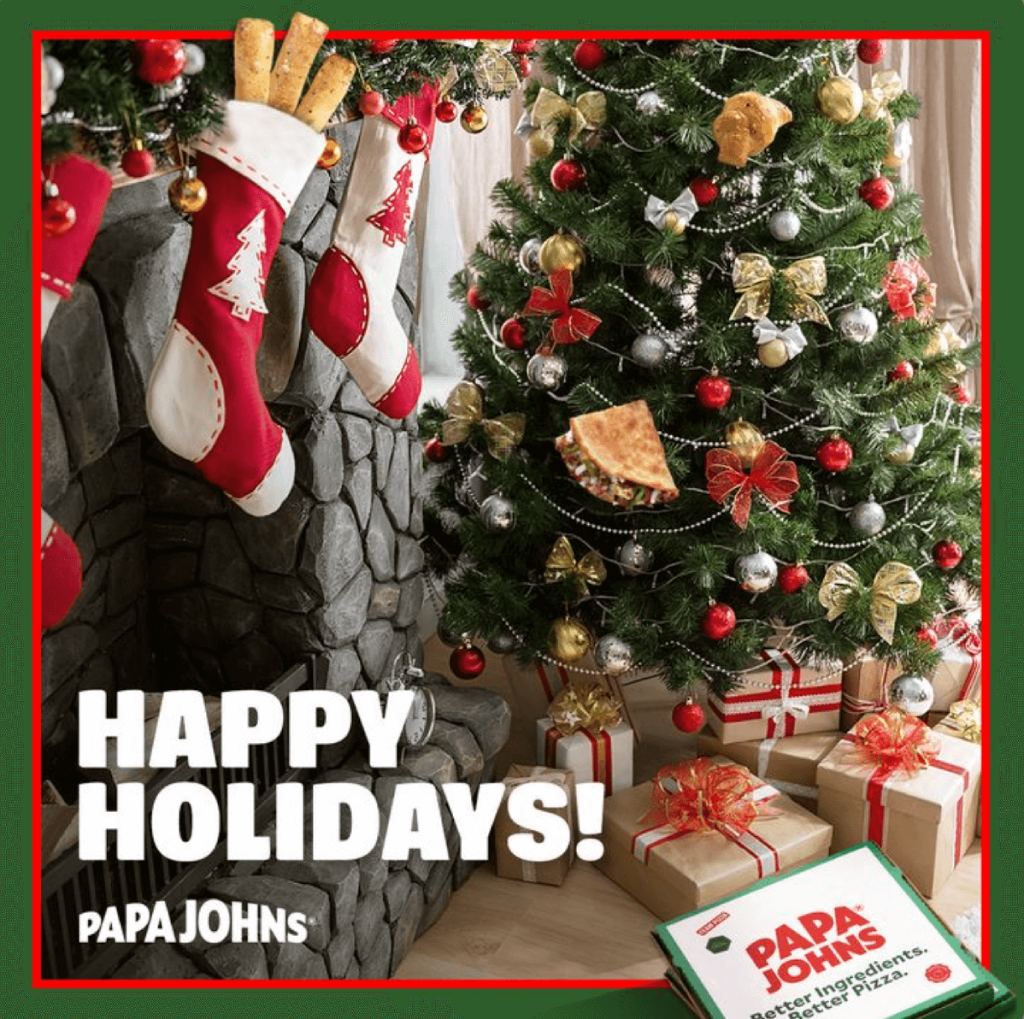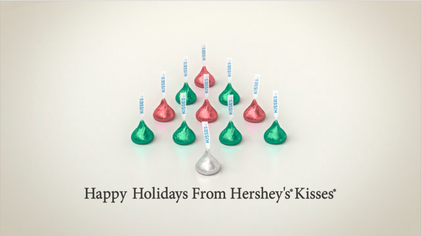Drawing inspiration from your favorite brands and advertisers is a great place to start when looking for new ideas. From classic commercials to cutting-edge, unconventional ad campaigns, TriMark strategists and creatives break down their favorite ads and why they work.
1. Entertaining Video Ads That Resonate
To kick off our interviews, TriMark Creative Director Brandon Clarke explains what made TV ads of the ‘80s and ‘90s so intriguing and what we can learn from them today.
For a long time, video marketing was really broad, centered around long brand films and marketing videos. But for the lead generation and the advertising side of video marketing, 15-, 30- and 60-second ads are powerful ways to reach audiences—not unlike traditional TV commercials. In both cases, you have to communicate an idea quickly; rather than spelling everything out for your audience, you have to find your key messaging and hit on it hard.
“A commercial is something you watch when you sit down to watch something else—you should at least be entertained.” – Joe Sedelmaier
Similarly, “disruptive” has been a buzzword for a long time, though that can also disrupt the messaging. Enter Joe Sedelmaier.
American film director Joe Sedelmaier, best known for his work in television advertising, is the not-so-secret mastermind behind some of the most successful commercials of the 1980s and 90s. His ads are entertaining to watch while still providing viewers with key product information.
Don’t Advertise, Entertain
Take the John Deere mower commercial below for a more specific example of Sedelmaier’s work. It doesn’t just list out facts or the functionalities of the mower. It doesn’t even show it in use with someone mowing. In a way, that would be the obvious (though not necessarily wrong) way of creating the ad.
Instead, John Deere showed the variety of mower functions wrapped in a quirky composition that’s very simple on the surface. When you look at the depth of the scene, the people in the background, peeking through a window, walking into a frame—they don’t serve a purpose other than keeping your eyes entertained. The ad has jokes, but nothing requires a setup.
If you want to command people’s attention and are asking for their time, you have to give them something in return. If we’re making content just to check the boxes of the messaging and not giving the audience something in return, the burden is on them to take it or leave it.
Bringing Window Marketing to Life With Barbie’s Dollhouse
One final example to showcase these ideas in action is a highlight of some of our work for our client, Window World. In this ad, we hit on the end benefits for Window World’s audience—energy-efficient, budget-friendly, curb appeal—in a way that’s not just showing windows being installed.
Our approach: make the messaging around baseline benefits captivating through micro-stories while tapping into the viral buzz of the Barbie movie.
2. Using New Platforms to Reach New Audiences
TriMark’s Senior Brand Strategist, Hannah Freyaldenhoven, breaks down the importance of platform-specific content and how using new platforms can spark unexpected results.
We’re always looking for ways to create impactful videos for our clients. For one of our recent campaigns, we wanted to reach a new audience demographic. To do so, we turned to new platforms and types of content.
We drew inspiration from a Wendy’s campaign which “aired” on Twitch and centered around streaming.
As part of a limited-run partnership with Uber Eats, Wendy’s created a “Never Stop Gaming” menu only available on the delivery app, featuring Twitch streamers’ favorite Wendy’s orders. They paired this limited menu with giveaways and streaming events in an attempt to reach new, younger audiences.
Why did it work? At the time of the campaign, Twitch had nearly 40 million monthly users under the age of 30, all hungry for content from their favorite streamers.
To reach this gaming-obsessed audience, Wendy’s tailored its messaging to a techy, more gamer-focused CTA of “Get food delivered while you game.” Twitch is driven by interactivity and live participation, including live stream chats, making a CTA to order food mid-stream especially appealing when coupled with discounts and special offerings.
Twitch presents additional creative opportunities for marketers through features like on-screen QR codes, multi-screen displays and overlays and the ability for brands to partner with influencers in their market. Wendy’s thought through their strategy, and as marketers, we appreciate the custom approach in creating new content specifically for the platform.
Using a new platform in a limited capacity is a great way to test the market and your customer base while getting real-time feedback! Below, you can watch the Wendy’s-inspired Twitch video ad we created at TriMark for our client Bojangles.
3. An Unexpected Take on a Classic Medium: Simplicity in Video Ads
TriMark’s Social Media Manager, Ashlyn Hirsh, dives into the impact of simplicity in video advertising and how it resonates with today’s consumers.
Often, in video production, you don’t see much stillness—most frames of a video will have some type of motion, which makes sense given the video medium. By contrast, the Airbnb “Voicemail” ad uses photography in the video to create stillness, coupled with the audio of a call going to voicemail, in order to tell a quick story of friends on a fun island getaway (and using Airbnb to make it possible).
Throughout the ad, Airbnb is intentional in how they cut from one photo to the next, creating a sense of rhythm and movement through the editing, almost like flipping through a scrapbook. The ad conveys a sense of place and focuses on the emotions of traveling (and staying at an Airbnb) rather than listing out the benefits of their product.
While Airbnb’s core offering centers around rental spaces and accommodations, their Voicemail ad, one of several in a similar theme, prioritizes the human experience and community aspects of their business over the services they offer.
When working on a new ad concept, it can be easy to go down the rabbit hole of making something too complex or trying to fit every key messaging point into a 15- or 30-second video. This Airbnb commercial is a good reminder that you can slow things down, focus on an experience and still make something that is meaningful and will resonate with your audience.
4. Mindfulness in Advertising
Jordan Nowlin, TriMark’s Director of Paid Social, emphasizes the significance of conscious engagement on social media and the role of mindful advertising.
During the 2020 election period, we were looking to create a set of ads for one of our clients at a time when negativity filled social media. Knowing we wanted to create a new campaign to positively engage with our audience, we drew inspiration for our work from a Calm ad, reminding the world to take a breath and have a peaceful moment.
The concept: Calm created an awareness ad for their meditation app, with a message of “For 20 seconds, just breathe.” During the video, a shape on-screen moves in and out to the rhythm of breathing with the end CTA to download their app.
Why did it work? The ad doesn’t ask the audience for anything directly other than to take a moment of pause during a hectic time. As marketers, it is refreshing to see a brand reminding everyone to take a break from the noise and really connect their product with an experience.
We wanted to introduce a similar feeling for one of our clients at the time, KOHLER Walk-In Bath, in the hopes of engaging their audience in a different way on social media. We tailored the content to highlight the experience of a walk-in bath and how it can enhance one’s quality of life.
This out-of-the-box idea performed exceptionally well with our target audience, resulting in high engagement with thousands of comments thanking KOHLER for this kind of content.
Further Reading
Check out our blog to learn more about leveling up your advertising and marketing campaigns, from the do’s and don’ts of using ChatGPT to the importance of brand authenticity.

